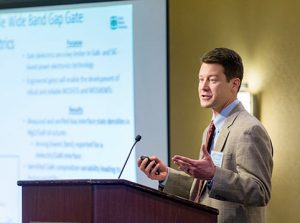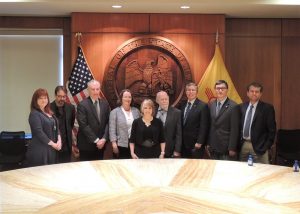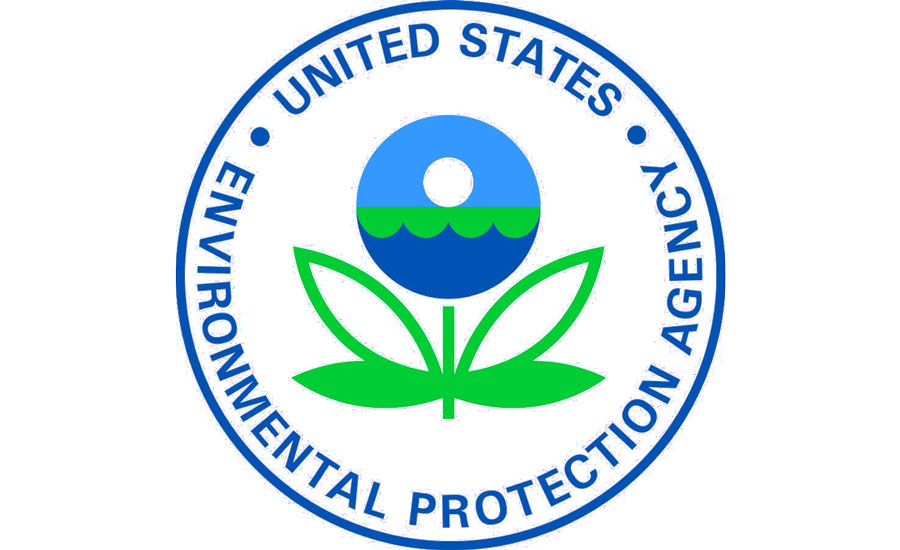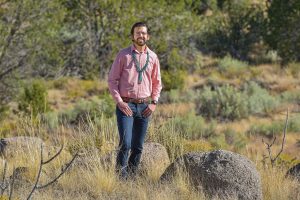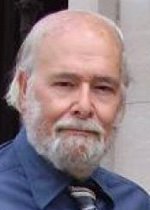
The NAATBatt International Board of Directors presented the 2016 NAATBatt Lifetime Achievement Award for Public Service to Dr. Imre Gyuk, Energy Storage Program Manager of the U.S. Dept. of Energy’s Office of Electricity Delivery and Energy Reliability, at the NAATBatt 2016 Annual Meeting & Conference’s Gala Dinner March 2, 2016, at the Hyatt Regency Indian Wells at Palm Springs, California.
According to the NAATBatt’s announcement of the awards, Dr. Gyuk has been central to the advancing energy storage during the past 13 years. Under Dr. Gyuk’s leadership, the Electrical Energy Storage research program within the DOE’s Office of Electricity identified and funded dozens of new stationary energy storage technologies, several of which are used today in unsubsidized, commercial projects, producing significant benefits for the electricity grid and for electricity consumers. “Without Dr. Gyuk’s leadership and the seed funding of new technologies that he oversaw and directed, it is difficult to imagine that the energy storage market we know today would look anything like it does or, perhaps, would exist at all. Dr. Gyuk and his programs epitomize the essential role of government in supporting the transition of important, new technologies from the laboratory to commercial viability in the marketplace. Dr. Imre Gyuk is the winner of the NAATBatt 2016 Lifetime Achievement Award-Public Service.”
Prof. Detchko Pavlov of the Bulgarian Academy of Sciences and the Institute of Electrochemistry and Energy Systems also received NAATBatt’s Lifetime Achievement Award for his contributions in lead-acid battery manufacture and operation, and the oxygen cycle reactions in valve-regulated lead-acid batteries.
Read more about NAATBatt’s Industry Awards here.

